The bloodied, expressive and polychrome Portuguese Christs of the 17th century are striking works that reflect a Baroque aesthetic strongly marked by emotion, pathos and popular religiosity. Here is what can be said about them:
⸻ Historical and artistic context
• Period: These works are part of the Catholic Counter-Reformation (16th–17th century), which sought to revive faith through strong, dramatic and highly expressive images. • Style: Iberian Baroque, influenced by Spain but with Portuguese particularities (notably a certain taste for crude realism). • Function: These Christs served for the edification of the faithful, often in processions or as objects of veneration in churches, sometimes handled during Holy Week rituals.
⸻ Artistic characteristics
• Polychromy: Painted with extreme realism to imitate human flesh. Mixed techniques (wood, fabric, glue, pigments, sometimes hair or simulated coagulated blood) were used to create a lifelike effect. • Expression of pathos: The face often expresses deep pain, with the eyes raised to heaven or lowered in resignation. The aim was to provoke an intense emotional response. • Abundant blood: The wounds, the blows, the crown of thorns, the wounds of scourging are depicted in an exaggerated and bloody manner. It is not just realistic — it is surreal and dramatic. • Body position: Sometimes Christ is depicted at the moment of his death or just afterward, often in painfully twisted poses, reinforcing the sense of martyrdom.
⸻ Religious and social significance
• Popular devotion: These Christs reflected a highly emotional form of religiosity, centered on Christ's suffering as a mirror of human suffering. • Processions and rituals: They were carried through the streets during Holy Week, accompanied by lamentations, chants, and bodily mortifications. • Visual education: At a time when illiteracy was widespread, these statues taught Christ's sufferings in a visual and direct way.
⸻ Examples and locations
• Portugal: Many examples are preserved in churches and museums throughout Portugal—Lisbon, Braga, Évora, etc. • Influence: The style also influenced the Portuguese colonies, particularly in Brazil, where similar Christs are found in Brazilian Baroque sculpture (e.g., Aleijadinho in the 18th century).
⸻ In summary, the 17th-century Portuguese Bloody Christs are icons of sacred pain. They embody a dramatic and poignant religious aesthetic, designed to touch hearts, awaken faith, and provoke compassion in the believer.





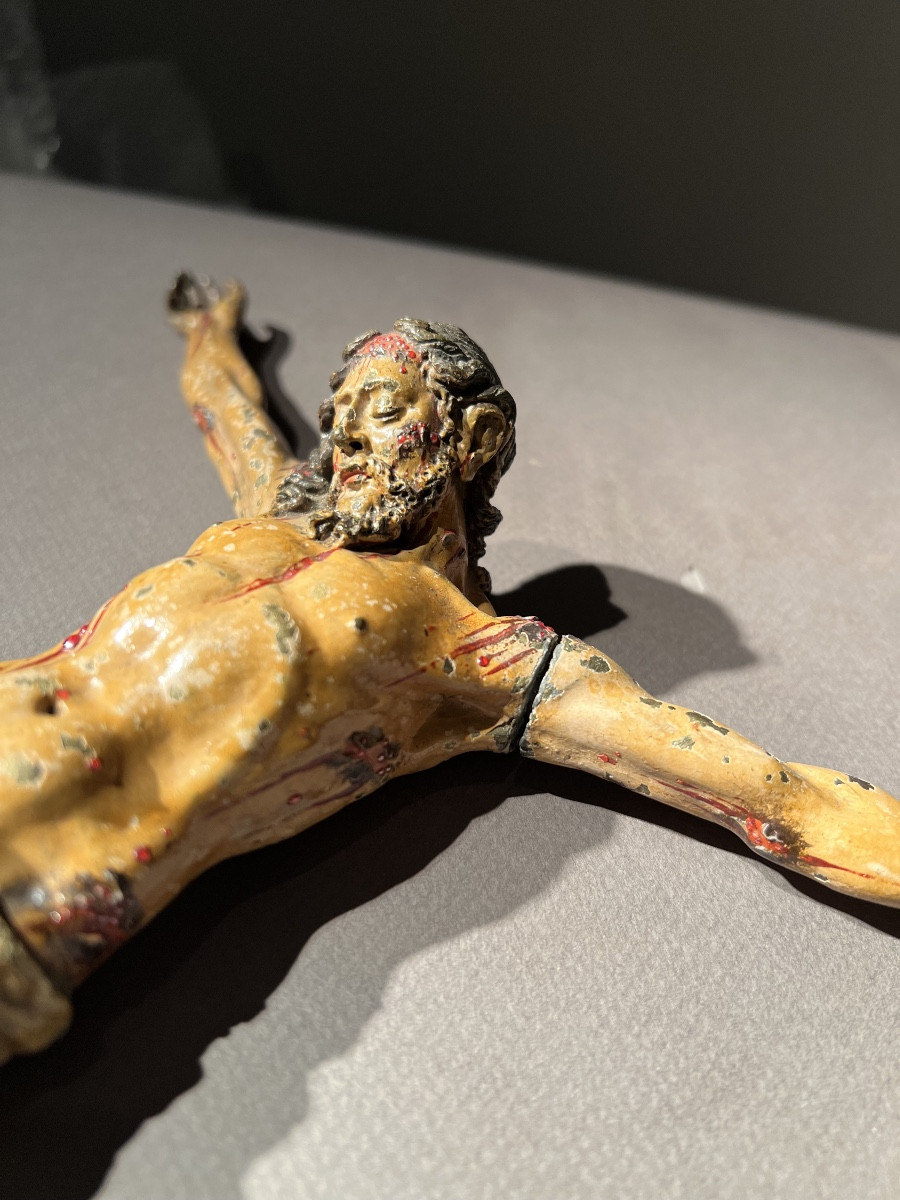
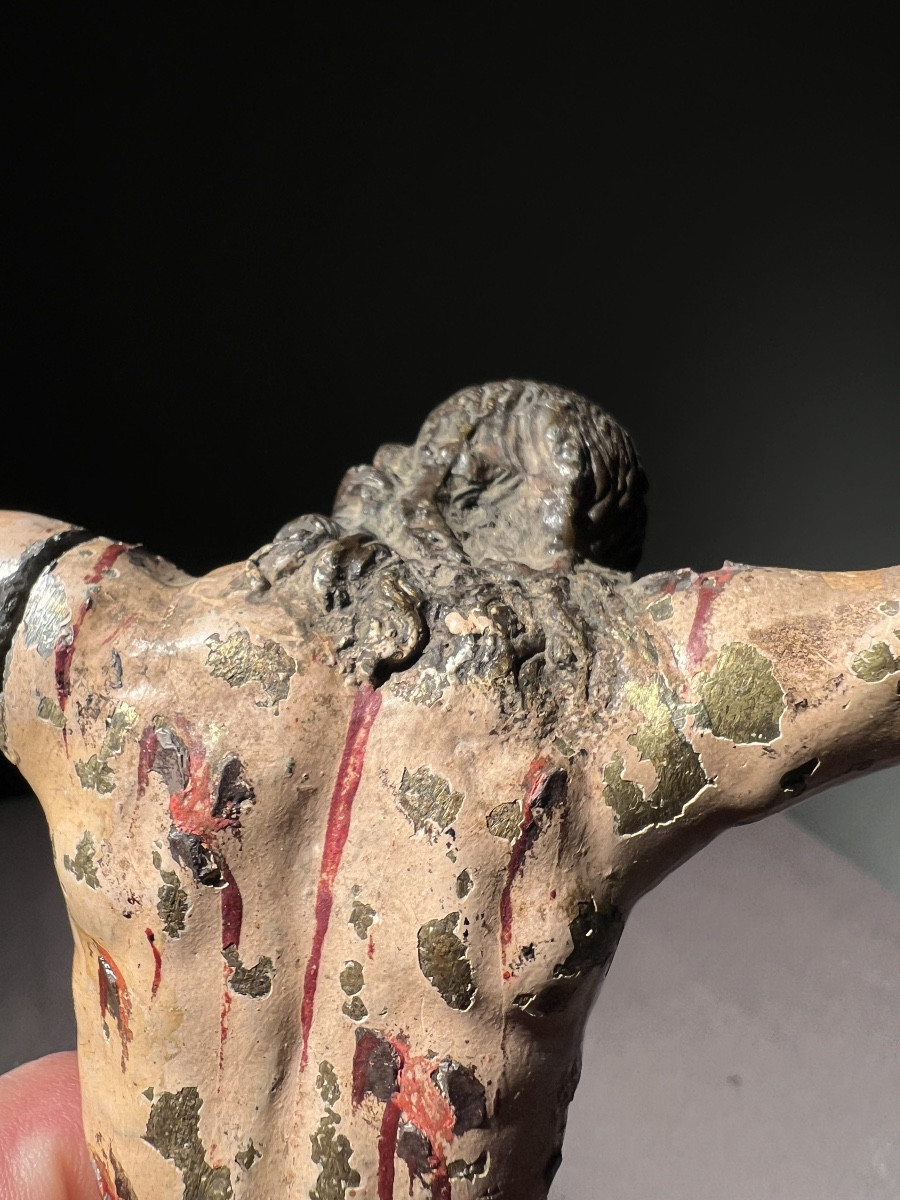

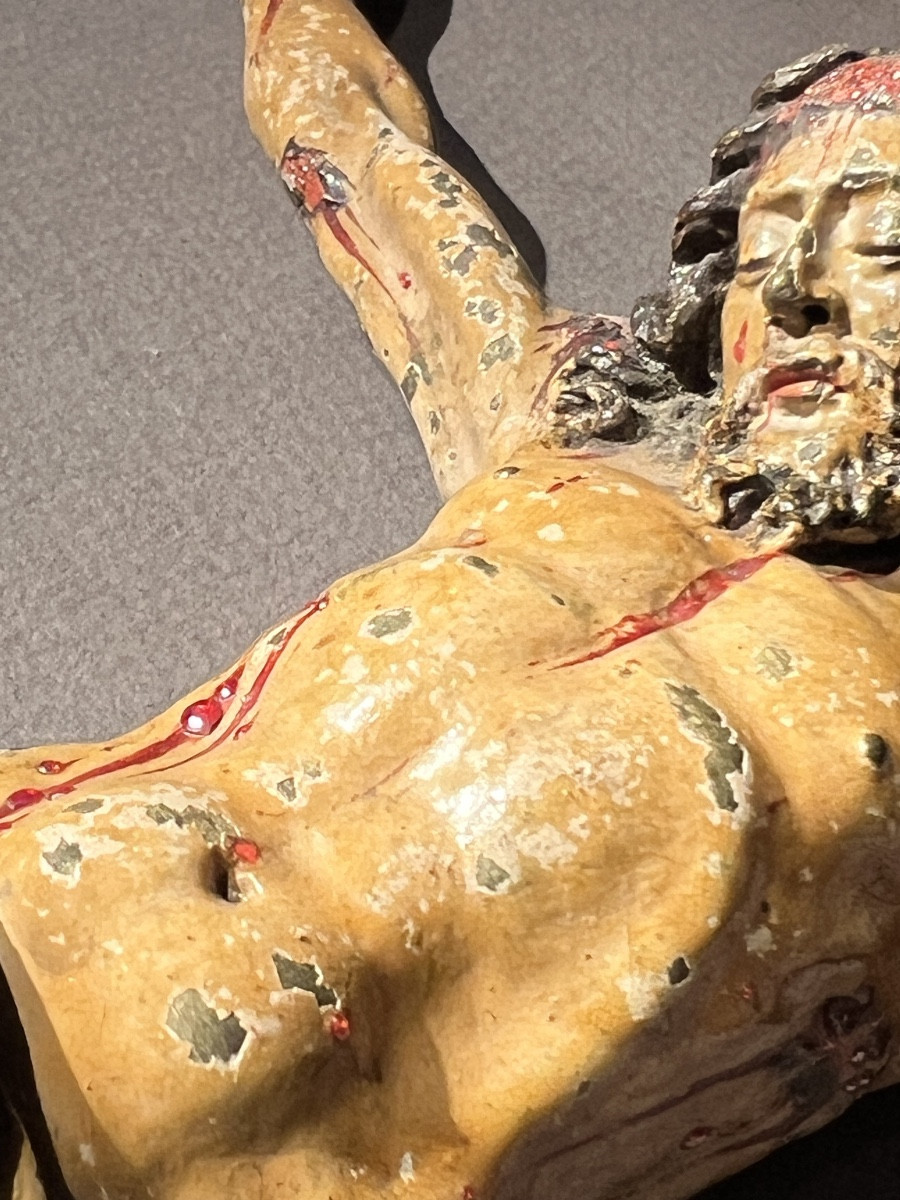
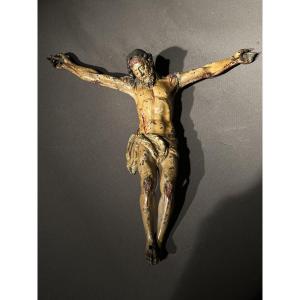









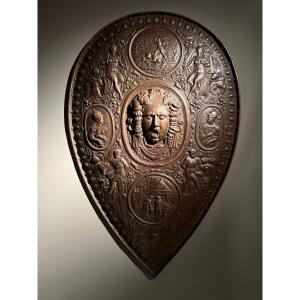






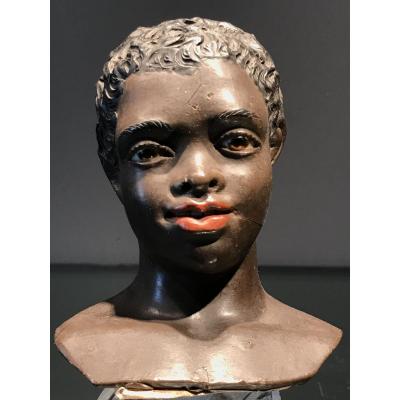






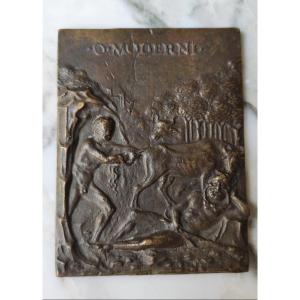
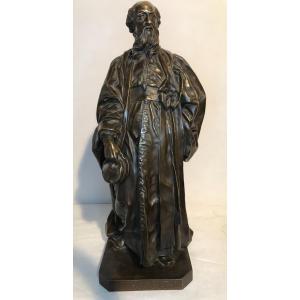
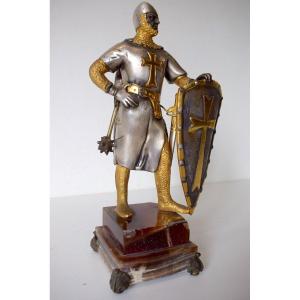
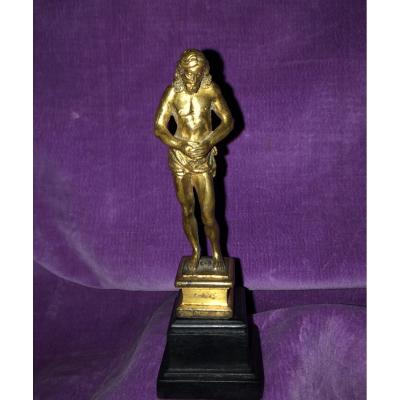



 Le Magazine de PROANTIC
Le Magazine de PROANTIC TRÉSORS Magazine
TRÉSORS Magazine Rivista Artiquariato
Rivista Artiquariato